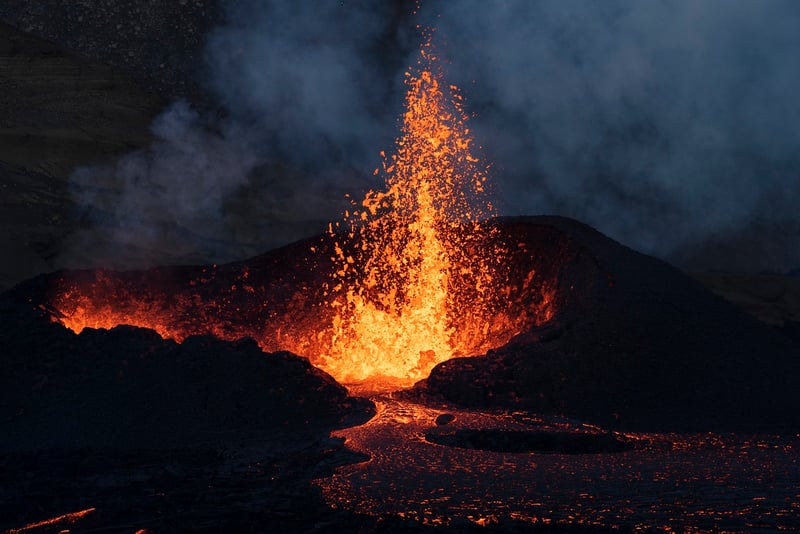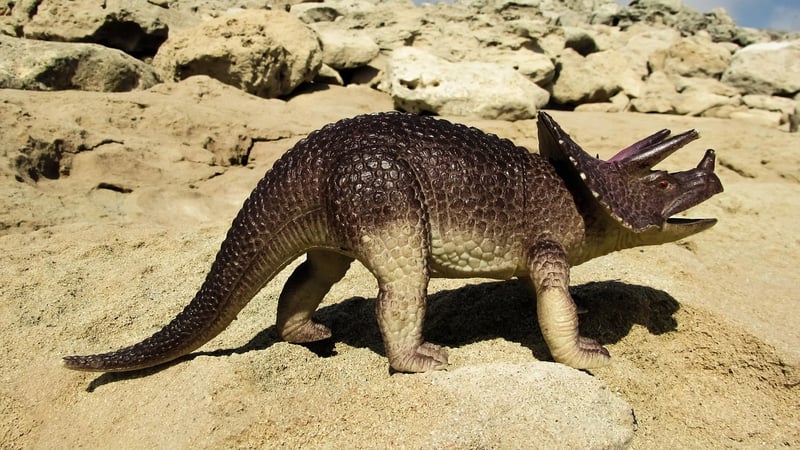Dinosaur Extinction Redefinition
Changing the Course of History: Redefining Dinosaur Extinction
Throughout the annals of history, few events have captured the imagination and curiosity of scientists and enthusiasts alike as much as the extinction of the dinosaurs. For decades, the prevailing theory suggested that a catastrophic asteroid impact was the primary cause of their demise. However, recent advancements in scientific research have led to a paradigm shift in our understanding of this pivotal moment in Earth's history.
Redefining the Narrative
Historically, the Alvarez hypothesis proposed that a massive asteroid collision, resulting in the Chicxulub crater in present-day Mexico, led to the extinction of the dinosaurs around 66 million years ago. While this theory gained widespread acceptance, recent discoveries have challenged this singular explanation.
The Deccan Traps
One of the most compelling alternative theories revolves around the Deccan Traps, a vast volcanic region in present-day India. Studies have shown that the intense volcanic activity in the Deccan Traps during the late Cretaceous period could have released copious amounts of greenhouse gases and other harmful substances into the atmosphere, leading to drastic climate change and environmental disruption.

The Impact of Climate Change
Climate change resulting from the combined effects of the asteroid impact and the Deccan Traps eruptions likely played a significant role in the mass extinction event. The altered environmental conditions, such as extreme temperature fluctuations and reduced sunlight reaching the Earth's surface, would have had a profound impact on ecosystems worldwide.
New Perspectives
By integrating multiple lines of evidence from geological records, fossil studies, and climate modeling, scientists are now able to paint a more nuanced picture of the events leading to the demise of the dinosaurs. This interdisciplinary approach has highlighted the complex interactions between geological forces, climate dynamics, and biological responses during this critical period in Earth's history.
Looking Ahead
As our understanding of the dinosaur extinction continues to evolve, so too does our appreciation for the interconnectedness of Earth's systems and the delicate balance that sustains life on our planet. By reevaluating past events through a modern lens, we gain valuable insights into how environmental changes can shape the course of evolution and ultimately, the future of life on Earth.
Join us on this fascinating journey of discovery as we delve deeper into the mysteries of our planet's past and unlock the secrets that may one day help us change the course of history.
For further information and resources on this topic, you can visit National Geographic's Dinosaur Extinction Page.
